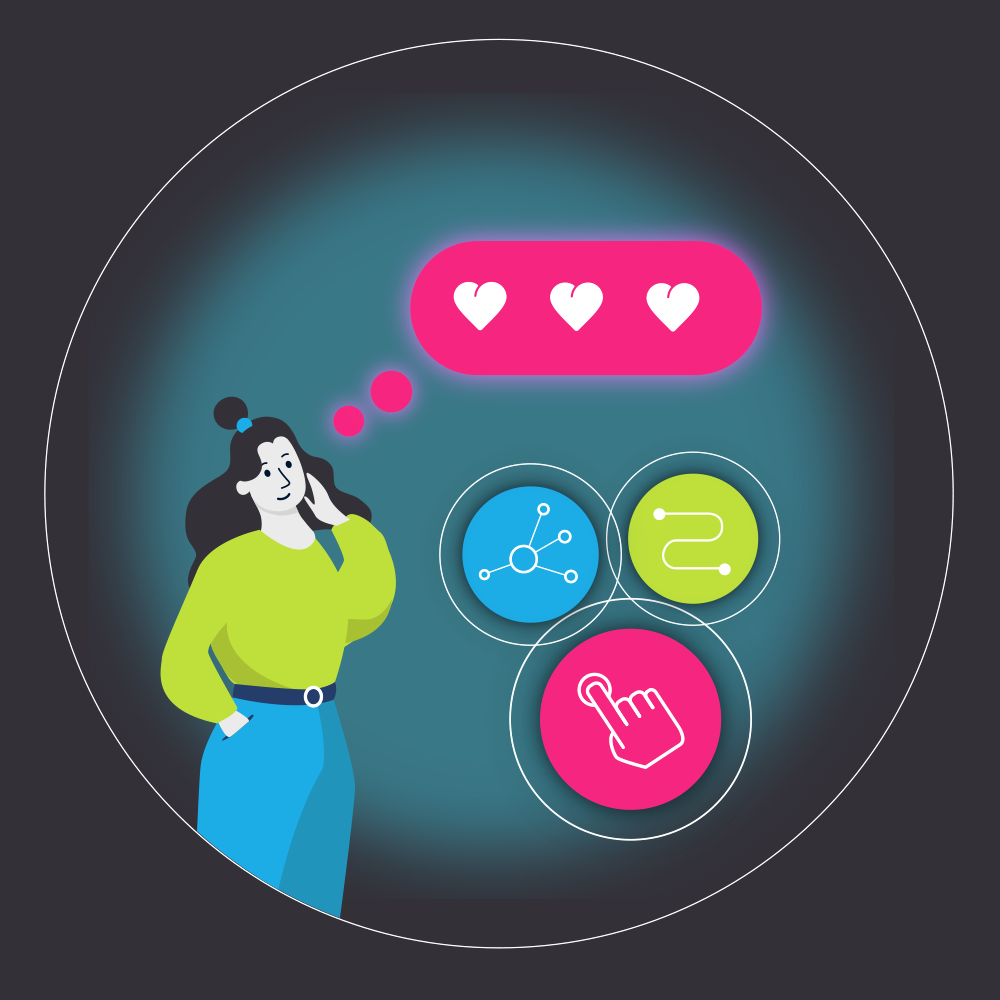HOW TO CREATE LEARNING EXPERIENCES WITH IMPACT
What is a Learning Experience?
A learning experience is quite simply an opportunity where a person learns something new that sticks! Yet often a planned learning experience can fall short and is, in fact, unmemorable. This can be for a multitude of reasons but is often because the learner has not been considered, and if we want learners to remember something we need to understand why it matters to them.
“Learning experience design (LX design) is the process of creating learning experiences that enable the learner to achieve the desired learning outcome in a human-centered and goal-oriented way.”
Niels Floor, LXD
Our job as learning professionals is to focus on the learner and what they experience. It is understanding how and why people learn, whilst aligning both learner and business objectives to deliver an effective learning experience. To achieve this, learning experiences require the adoption of a human-centered approach.
What is an Effective Learning Experience?
“People will forget what you said, people will forget what you did, but people will never forget how you made them feel!”
Maya Angelou
Reflect on your own experiences of learning. It is almost certain that the ones you remember the most caused you to experience an emotion. This emotional response can open you up to learning something new or form a barrier.
Emotions are linked to, and influence, our ability to learn because they impact our cognitive skills such as attention, memory, executive function, decision-making, critical thinking, problem-solving, and regulation.
When we remember an experience, we tend to focus on the moment that stirs an emotional response, whether happy or sad. This is called the ‘Peak-End Rule.’ We remember the peak (the emotional moment) and the ending.
We can use this in our design to increase the probability of creating a strong memory, by building peaks and endings that connect to the audience.
This means that when a new learning solution is proposed, designers need to consider how to create a positive emotional connection that will create more effective learning experiences. We must use our skills and resources to amplify that feeling and so deepen and strengthen the emotional response.
We also need to ensure that we identify the learner’s motivation to engage with a piece of learning. A survey by LinkedIn found that 54% of employees would invest more time studying recommended learning materials if outcomes were specifically linked to assisting them in real-world tasks.
How can we support clients?
As a result of our combined Learning and Development backgrounds and real-world experience of effective learning experiences, we offer our clients the best learning solutions for their individual requirements.
The journey begins with investigating several different methods and determining which is most appropriate for the outcome to be achieved. This considers the following:
· What is the problem statement that needs to be addressed?
· Who is the audience?
· What is the learner’s motivation?
· What do we want the learner to think, say, feel, and do after learning?
· What are the different ways the learning can be accessed?
· Would the learner benefit from a solution where a diversity of backgrounds could offer unique ideas and perspectives?
· What metrics are available to provide insight into learning success?
· What is the timeframe for deployment?
Asking questions to fully understand the outcomes required from learning enables us to identify how we can best support goals and objectives. By using needs analysis, gaps in skills are identified alongside the target audience for the content. From here, we begin to forge the best learning experiences applicable to goals, objectives, and audience.
Our approach to our clients is to encourage a positive leadership mindset whilst offering a learner-centred approach to our training.


